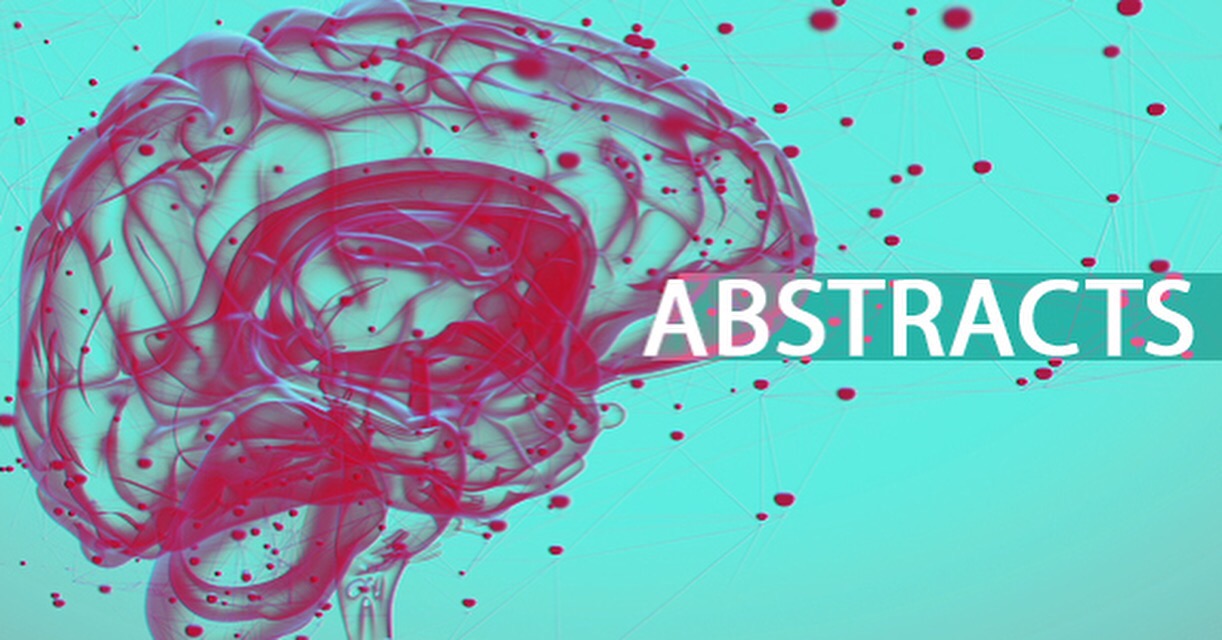Using a Virtual Reality Social Network During Awake Craniotomy to Map Social Cognition: Prospective Trial.
Abstract
BACKGROUND:
In awake craniotomy, it is possible to temporarily inactivate regions of the brain using direct electrical stimulation, while the patient performs neuropsychological tasks. If the patient shows decreased performance in a given task, the neurosurgeon will not remove these regions, so as to maintain all brain functions.
OBJECTIVE:
The objective of our study was to describe our experience of using a virtual reality (VR) social network during awake craniotomyand discuss its future applications for perioperative mapping of nonverbal language, empathy, and theory of mind.
METHODS:
This was a single-center, prospective, unblinded trial. During wound closure, different VR experiences with a VR headset were proposed to the patient. This project sought to explore interactions with the neuropsychologist’s avatar in virtual locations using a VR social network as an available experience.
RESULTS:
Three patients experienced VR. Despite some limitations due to patient positioning during the operation and the limitation of nonverbal cues inherent to the app, the neuropsychologist, as an avatar, could communicate with the patient and explore gesture communication while wearing a VR headset.
CONCLUSIONS:
With some improvements, VR social networks can be used in the near future to map social cognition during awakecraniotomy.
TRIAL REGISTRATION:
ClinicalTrials.gov NCT03010943; https://clinicaltrials.gov/ct2/show/NCT03010943 (Archived at WebCite at http://www.webcitation.org/70CYDil0P).
©Florian Bernard, Jean-Michel Lemée, Ghislaine Aubin, Aram Ter Minassian, Philippe Menei. Originally published in the Journal of Medical Internet Research (http://www.jmir.org), 26.06.2018.
KEYWORDS:
awake surgery; neurosurgery; social cognition; virtual reality
- PMID:
- 29945859
- DOI:
- 10.2196/10332

